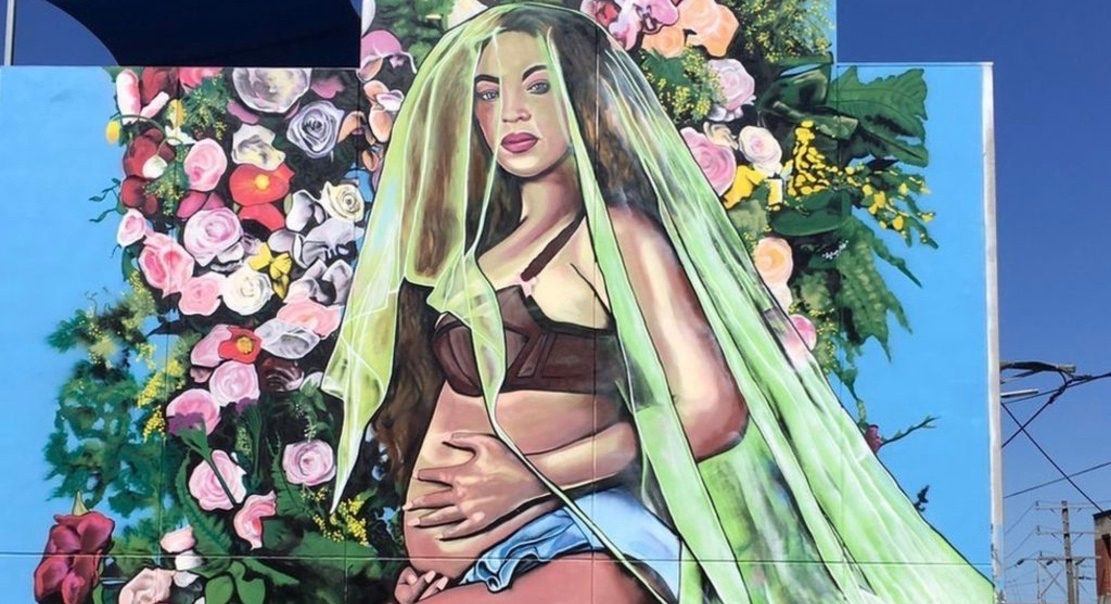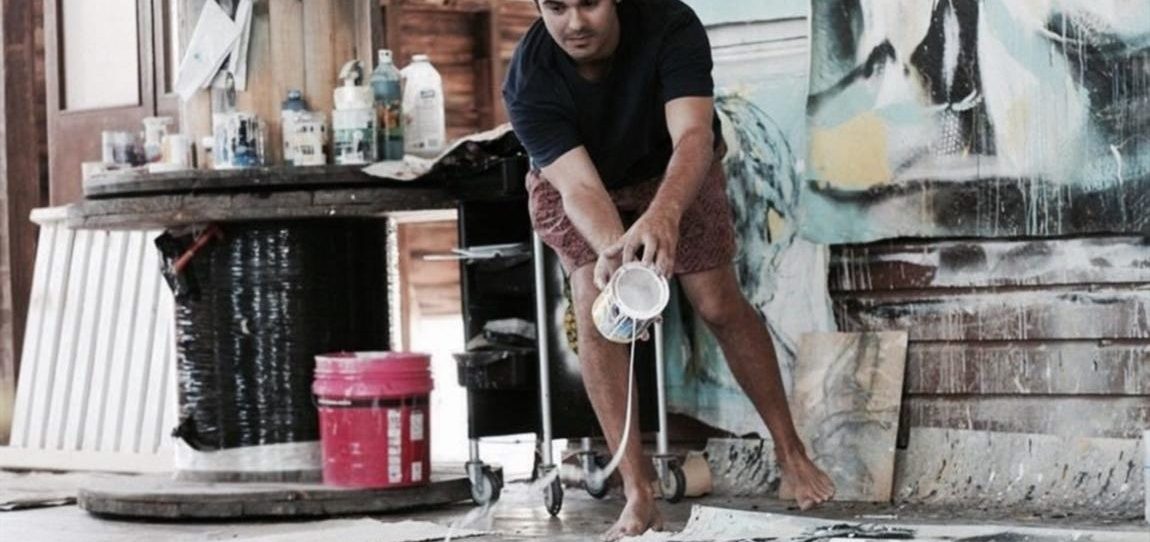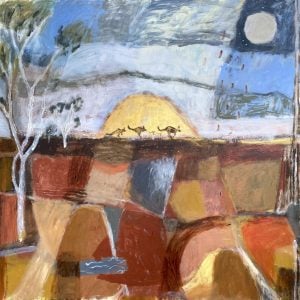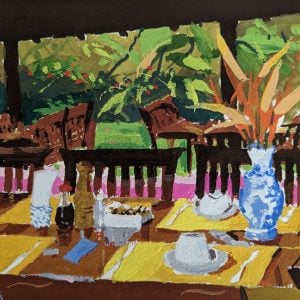A Beginner’s Guide to Street Art
In recent years, Melbourne in particular has become a mecca for street art, and if you only take a moment to look around as you pass from place to place, there are many treasures to be found. Unlike in a gallery, it isn’t always immediately clear who makes these pieces, how they do so or what their inspirations are – sometimes you need to do a little research. With this in mind, we’re giving you a head start with this easy introduction to the types of street art you might notice on your travels, and just a few of the big names behind them.
Paste-Ups
You know those images you see around that are made on paper, then stuck to the wall with glue? Yep, well, surprise surprise – they’re called paste-ups. The glue is typically a kind of wheat paste, made, you guessed it, from wheat flour and glue. Anonymous artist Baby Guerrilla is well-known for her huge black-and-white paste-ups, which often depict people floating in mid-air: “I love the idea of setting art free,” says the artist of this flyaway figures, “setting our souls free to dream and imagine and go floating across a wall.” There are also several other well-respected artists working with paste-ups, many of them female. Kaff-eine, who’s name stems from a time when she would work as a public servant during the day and paint through the night, is one example, now working full time to bring her fantastical characters to life.
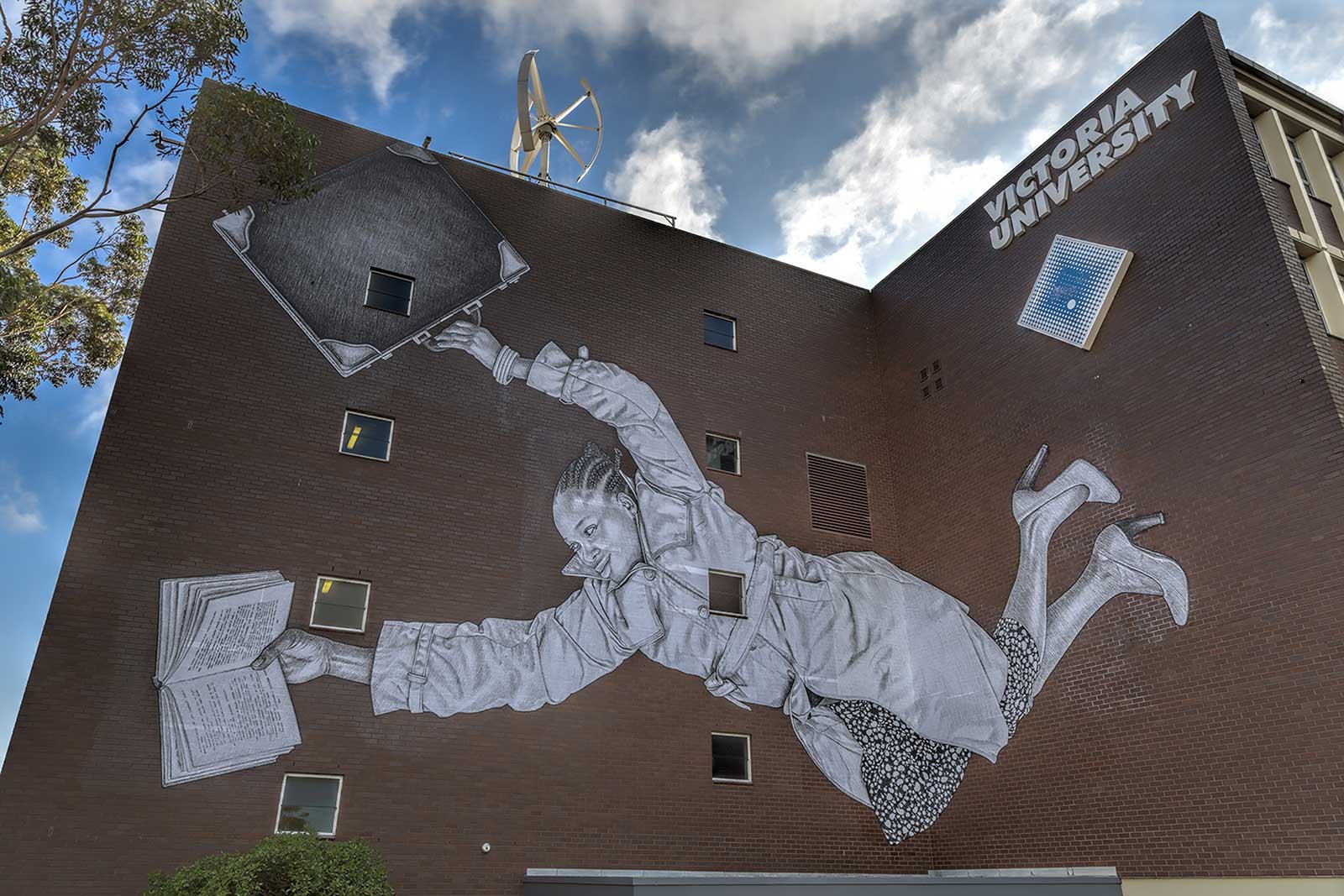 Nothing like a giant floating lady to brighten up a university! Paste up by Baby Guerrilla
Nothing like a giant floating lady to brighten up a university! Paste up by Baby Guerrilla
Portraits
There is no doubt that large, hyper-realistic portraits are loved by the public and, when done well, can almost take your breath away. Adnate is one Melbourne artist who is highly respected for his portraits, particularly those depicting Aboriginal children, which he (unbelievably) creates with graffiti spray. Similarly, Lushsux is another artist currently receiving worldwide attention for his street portraiture, having recreated Beyonce’s pregnancy portrait on a huge wall in Collingwood round the corner from bluethumb HQ (see header image). More controversially, at one point the same artist painted Hillary Clinton as a pole-dancer in a bikini, before covering her with a niqab when it was deemed to be offensive by the local council.
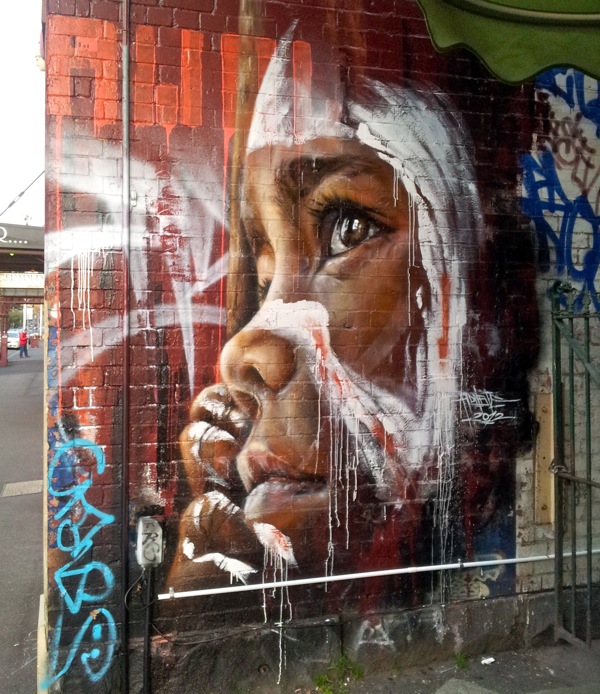 One of Adnate’s pieces in Fitzroy. Source: Fitzroyalty.
One of Adnate’s pieces in Fitzroy. Source: Fitzroyalty.
Stencils
Stencil art is created by cutting an image out of a flat surface, then spraying over the negative space that is left. Some people claim that it is the most authentic and rebellious form of street art, and indeed, if one was creating unauthorised or anonymous art, the speedy application of stencil art is a big plus. Unlike Adnate’s huge portraits, stencils are often quite small, but cleverly placed and located, and allow the same image to be reproduced in different places many times over. Banksy is perhaps the ultimate stencil artist, although, as is the nature of street art, many of the works he has created in Australia have since been destroyed. On a more local level, Regan Tamanui, or HaHa, is also a highly regarded stencil and paste-up artist around Melbourne. Sourcing his images directly from newspapers, Regan seeks to explore the power of mass media within the here and now – if you look closely, you might spot one of his many Ned Kelly stencils around Melbourne.
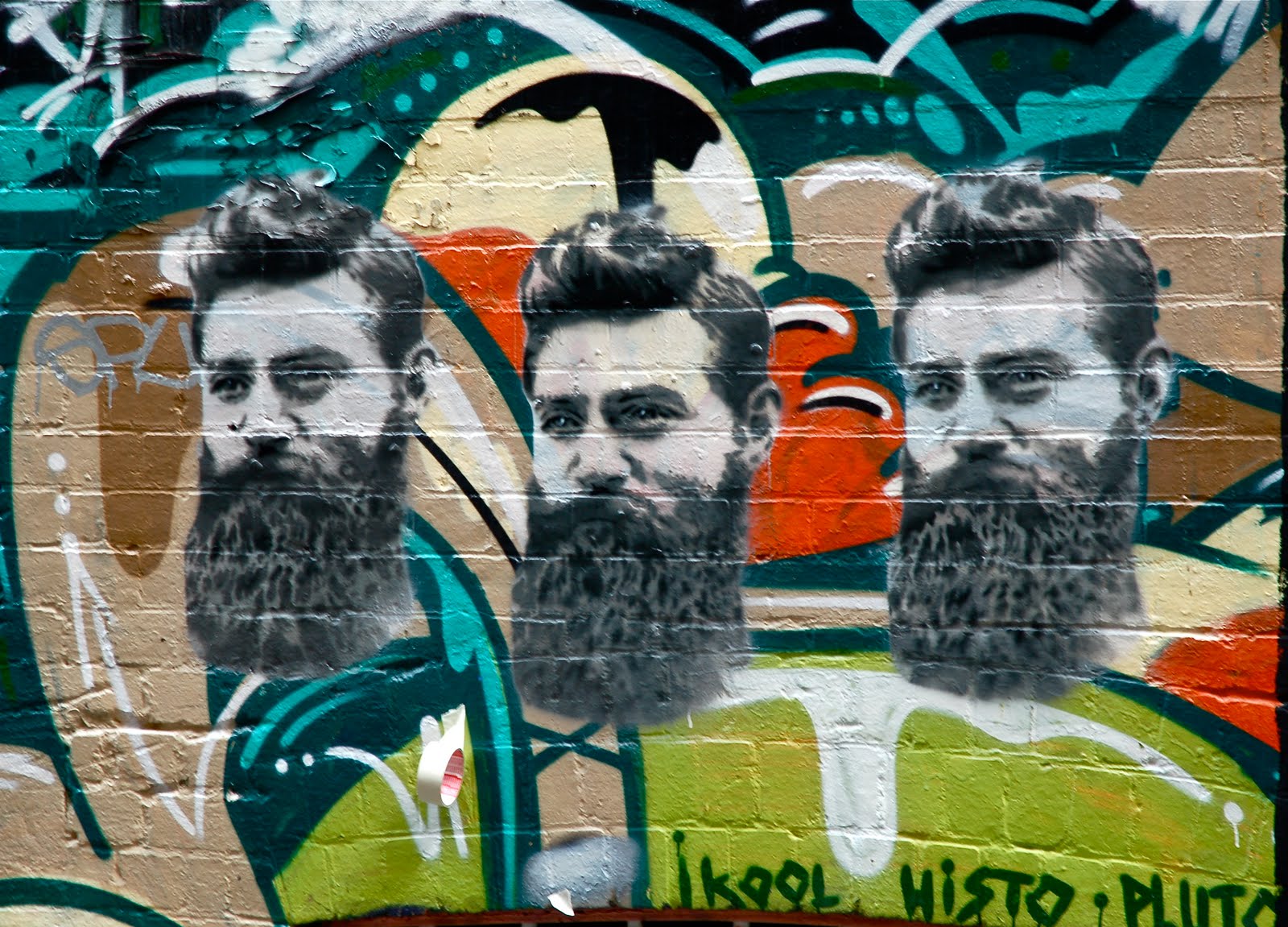 Some of Raegan’s famous Ned Kelly stencils. Source: Scrapbook.
Some of Raegan’s famous Ned Kelly stencils. Source: Scrapbook.
Video/Light Art
Public art might be a better name than the more defiant term of ‘street art’ when referring to al fresco, urban light art, as, in contrast to the quick and easy stencil format, video art is much more difficult to orchestrate and usually requires the approval or assistance of the local council. Nevertheless, the medium remains exciting and subversive, and each year there are several festivals in Australia that light the night with projection pieces, including Melbourne’s recent White Night.
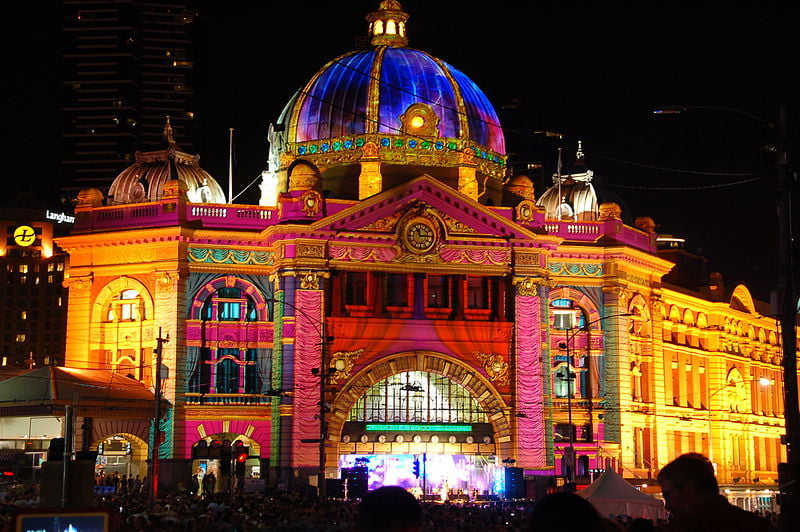 Flinders St Station provides an unlikely canvas on White Night. Source: Weekend Notes
Flinders St Station provides an unlikely canvas on White Night. Source: Weekend Notes

